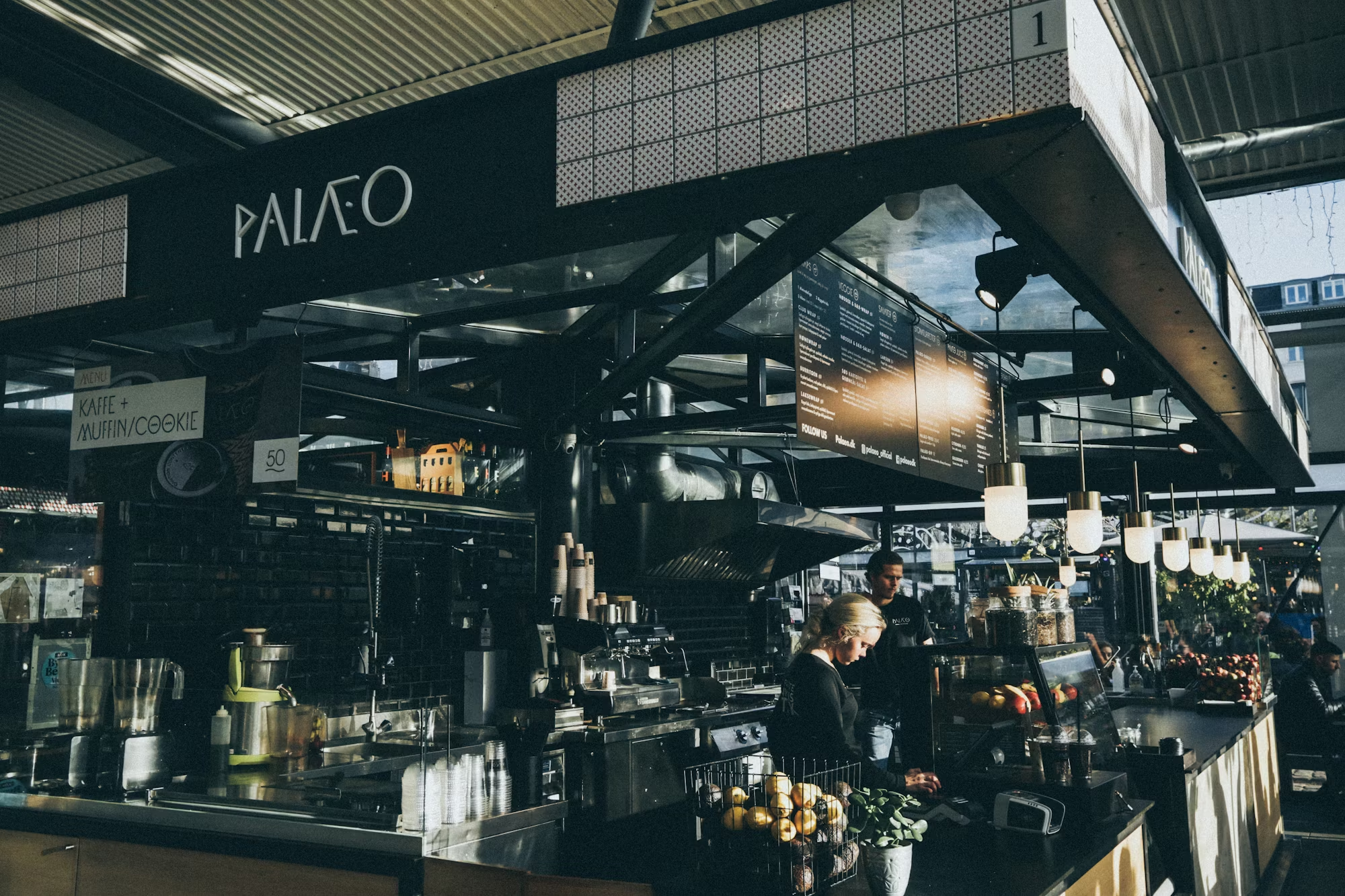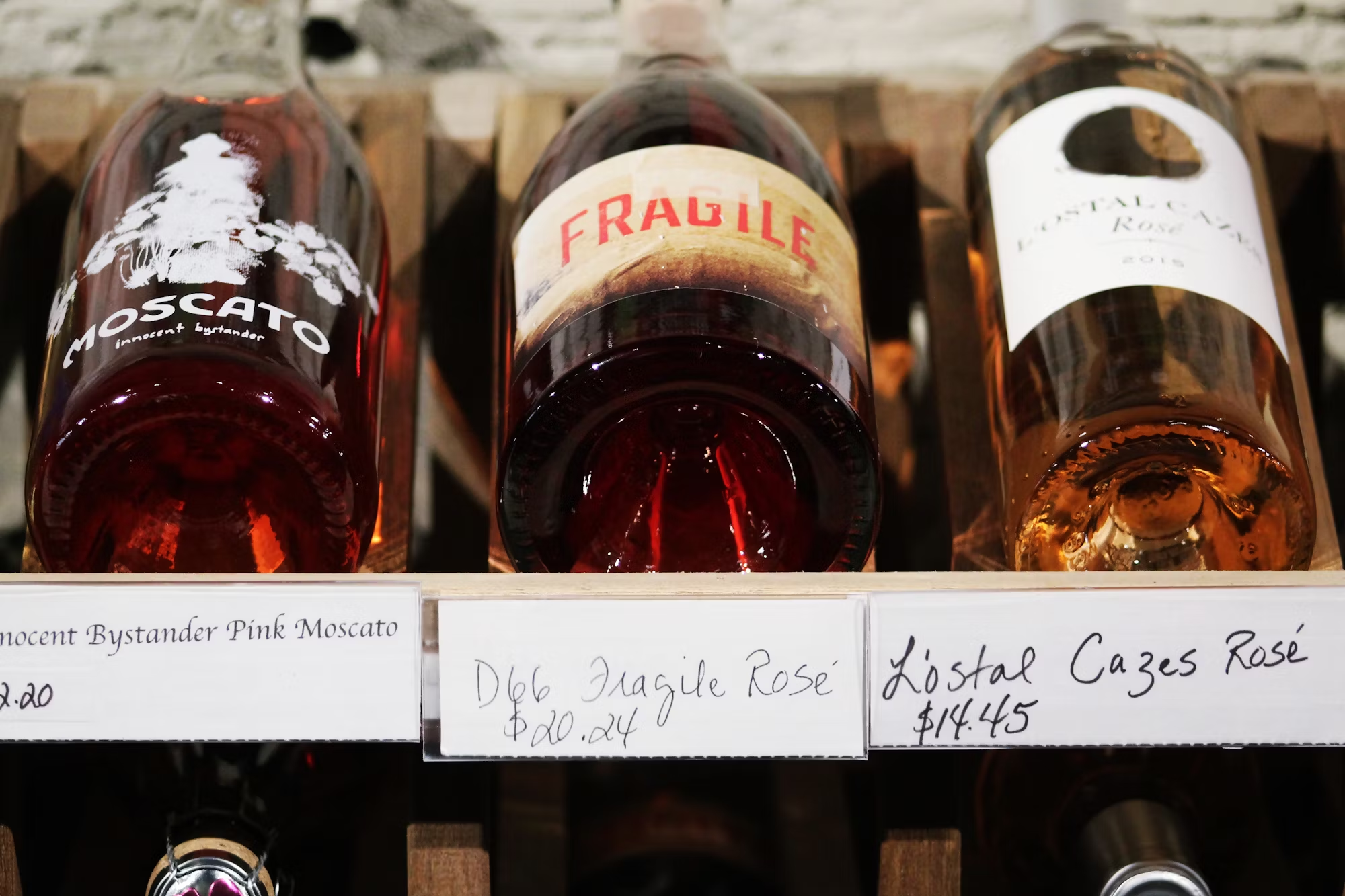In recent years, the craft coffee movement has transformed the way we experience coffee, elevating it from a simple beverage to a complex art form. This journey from bean to brew encompasses a deep appreciation for sourcing, roasting, and brewing techniques, reflecting a commitment to quality and sustainability. This article explores the origins of the craft coffee movement, the significance of sourcing high-quality beans, various brewing methods, and the cultural impact that coffee has on societies around the world.
The Origins of Craft Coffee
The craft coffee movement emerged in the early 2000s, inspired by similar movements in the culinary world. As consumers began to seek higher quality and more unique flavors, coffee roasters and baristas responded by focusing on sourcing specialty beans and perfecting brewing techniques. This shift marked a departure from the traditional coffee industry, which often prioritized mass production over quality.
Specialty coffee is defined by its quality and distinct flavors, often linked to specific regions or farms. Coffee enthusiasts began to appreciate the nuances of flavor profiles, much like wine connoisseurs. This newfound interest in sourcing directly from farmers not only enhances the coffee experience but also supports sustainable practices and fair trade initiatives.
The Importance of Sourcing
Sourcing high-quality coffee beans is crucial to the craft coffee movement. Many craft roasters establish direct relationships with farmers, ensuring fair compensation and promoting sustainable farming practices. This direct trade model fosters a deeper connection between producers and consumers, as coffee drinkers can learn about the origins of their brew.
Regions such as Ethiopia, Colombia, and Costa Rica are renowned for their unique coffee varieties. The climate, altitude, and soil composition of these areas contribute to the distinct flavor profiles of their beans. For example, Ethiopian coffees are often characterized by floral and fruity notes, while Colombian coffees tend to have a balanced, nutty flavor.
Craft roasters carefully select beans based on factors like altitude, processing methods, and varietal. They may experiment with different roasting techniques to bring out the best flavors, resulting in a diverse range of offerings. This attention to detail allows coffee lovers to explore a wide spectrum of tastes and aromas, enhancing their overall coffee experience.
Brewing Methods: The Art of Extraction
Once the beans are sourced and roasted, the next step is brewing. The method chosen can significantly impact the final cup. Various brewing techniques, from pour-over and French press to espresso and cold brew, each offer unique flavor profiles and experiences.
Pour-Over: This method allows for precise control over the brewing process, enabling the extraction of specific flavors from the coffee. Baristas often use a gooseneck kettle to pour hot water evenly over the grounds, ensuring consistent extraction. This technique highlights the coffee’s delicate flavors and aromas.
French Press: This immersion method results in a full-bodied brew, as the coffee grounds steep in hot water. The French press allows the oils and fine particles to remain in the cup, providing a rich, robust flavor.
Espresso: This concentrated brewing method forces hot water through finely-ground coffee under pressure. The result is a small, intense shot of coffee, often used as a base for popular drinks like lattes and cappuccinos. The espresso machine has become a staple in many craft coffee shops, showcasing the barista’s skill and technique.
Cold Brew: This method involves steeping coarsely ground coffee in cold water for an extended period, typically 12-24 hours. The result is a smooth, less acidic coffee that can be enjoyed on its own or used in cocktails and other beverages.
Each brewing method requires practice and precision, and many craft coffee shops take pride in their expertise. Baristas often experiment with different techniques, encouraging customers to explore new flavors and find their personal preferences.
The Cultural Impact of Coffee
Beyond its sensory qualities, coffee plays a significant role in culture and social interaction. Coffee shops have become community hubs, fostering connections among people from diverse backgrounds. The ambiance of a coffee shop encourages conversation, collaboration, and creativity, making it an ideal setting for both work and leisure.
In many cultures, coffee rituals are steeped in tradition. In Ethiopia, for example, the coffee ceremony is a cherished social event where coffee is prepared and served with care, emphasizing hospitality and community. Similarly, in Italy, the espresso bar is a vital part of daily life, where locals gather to enjoy a quick shot of espresso and socialize.
Moreover, the craft coffee movement has inspired a resurgence of interest in coffee education. Workshops and classes are now common, offering enthusiasts the opportunity to learn about brewing techniques, flavor profiles, and coffee history. This educational aspect enhances appreciation for the beverage, turning casual drinkers into informed consumers.
Conclusion
The craft coffee movement has reshaped the way we experience coffee, emphasizing quality, sustainability, and community. From sourcing exceptional beans to mastering various brewing methods, each step in the process contributes to the final cup. As consumers continue to explore the world of craft coffee, they not only indulge in a delicious beverage but also support sustainable practices and connect with others who share their passion. Whether you are a seasoned coffee enthusiast or just beginning your journey, the world of craft coffee offers endless opportunities for exploration and enjoyment.



